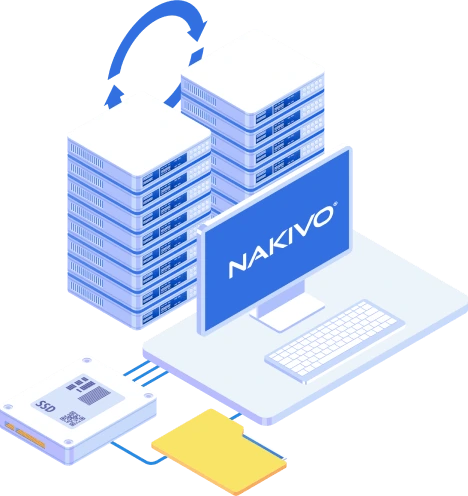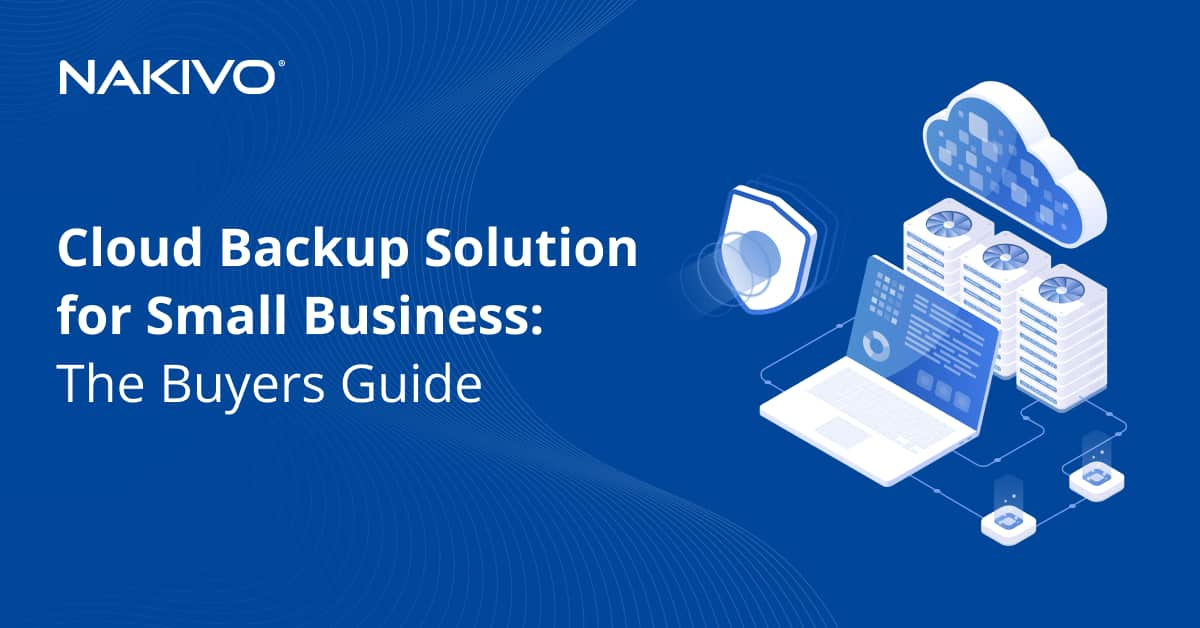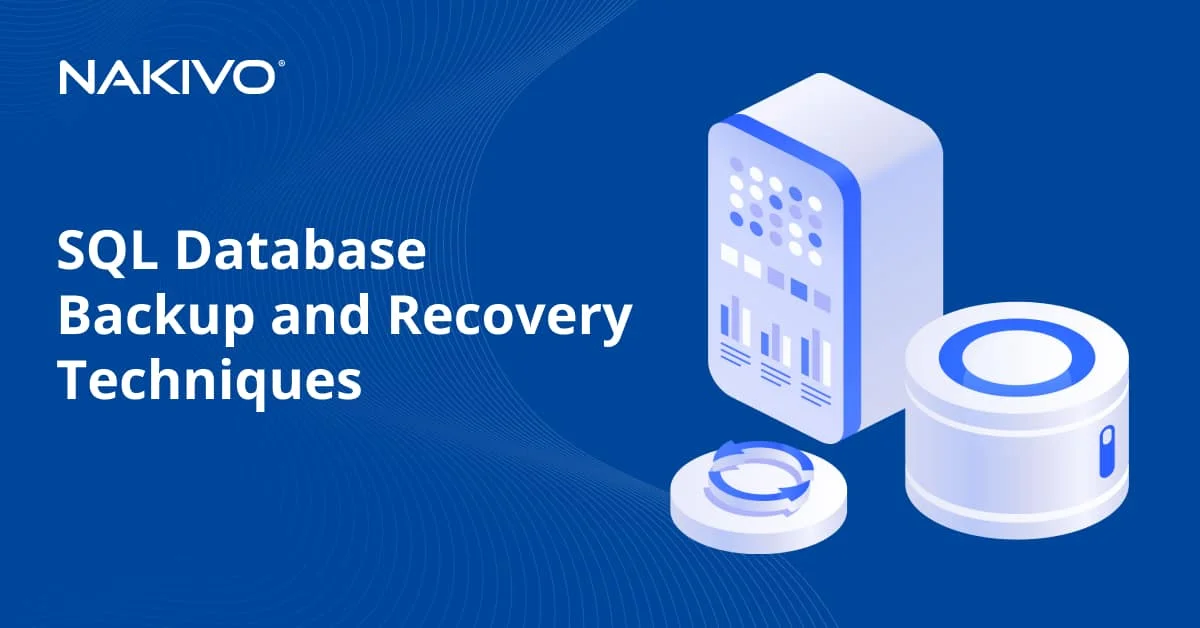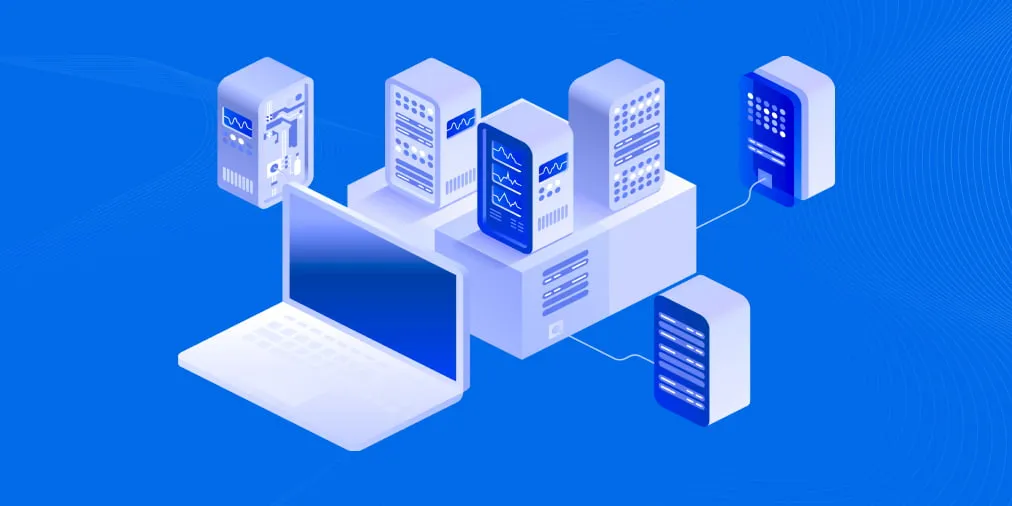Components of the Disaster Recovery Plan Checklist
Every time a disaster strikes, it can cause serious damage to your organization if appropriate actions are not immediately implemented. A responsible business owner understands that disaster recovery planning is a complex process that should be approached in a responsible manner. Thus, you should use a disaster recovery checklist which outlines the steps you need to take in order to successfully deal with the crisis.
The ultimate disaster recovery plan checklist should include the following:
- Conduct risk assessment and business impact analysis
- Determine recovery objectives
- Assign roles and responsibilities within a DR team
- Create a DR site
- Prepare for failback
- Store critical documents in a remote location
- Establish equipment needs
- Enable communication channels
- Detail disaster response procedures
- Report the incident to stakeholders
- Test and update a DR plan
- Decide on the right DR strategy
Let’s discuss each of these steps in detail to determine their role in the disaster recovery process:
What Is a Disaster Recovery Plan?
A disaster recovery (DR) plan includes a set of clear guidelines and detailed instructions on how to act before, during, and after a disaster in order to minimize its negative impact on your organization, and resume mission-critical operations. Generally, a basic DR plan should include the following components: recovery objectives, incident reporting, action response, and recovery procedures. However, please note that every DR plan is unique as it takes into account custom business needs, recovery objectives, and the system vulnerabilities of a specific organization.
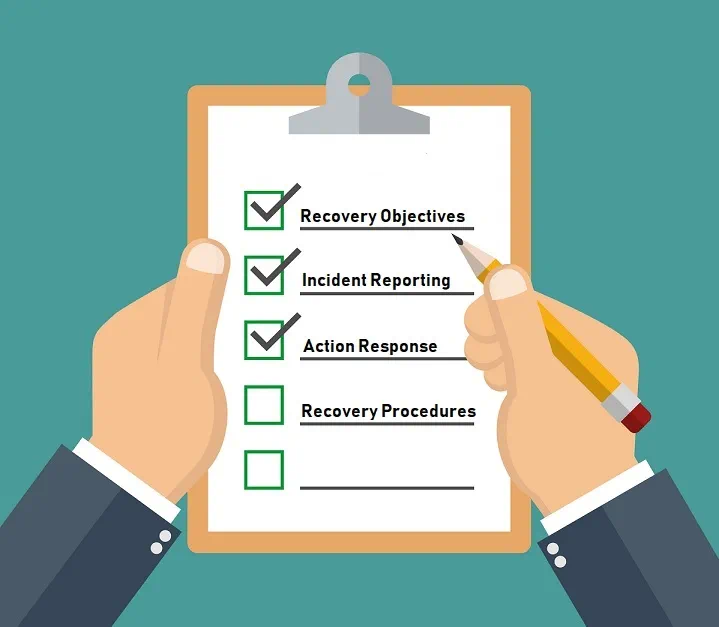
What Is a Disaster Recovery Checklist?
In addition to a DR plan, you also need to have a disaster recovery checklist. A disaster recovery checklist includes the steps which should be taken in order to rapidly resume business operations before any serious damage is done. A disaster recovery checklist can be used for quick reference to verify that all essential components have been included in a DR plan. On the other hand, a disaster recovery checklist is also extremely helpful during an actual disaster. You can consult the list to carefully monitor the DR process and verify that the plan is fully implemented.
Components of a Disaster Recovery Plan Checklist
Today’s blogpost provides the ultimate disaster recovery checklist which outlines critical steps required for a successful disaster recovery.
Conduct risk assessment and business impact analysis
In order to determine which DR mechanisms will work best during an actual disaster, you first need to identify the threats and dangers to which your organization is most vulnerable. By performing a risk assessment and business impact analysis, you can identify the most likely threats and dangers, assess the probability of their occurrence, and calculate the possible impact of a disaster on your business. As a result, you can come up with effective prevention and mitigation measures and decide what your DR plan should include.
Determine recovery objectives
The next point of the disaster recovery plan checklist is to establish DR objectives. Recovery time objective (RTO) and recovery point objective (RPO) are among the most critical values in DR planning. RTO determines the amount of time required to recover from a disaster and resume business operations. RPO, on the other hand, states the amount of tolerable data loss measured in time. You need to identify which business services and operations are most critical to your organization and set appropriate recovery objectives. RTO and RPO help determine which DR strategies to adopt in order to achieve expected DR results.
Assign roles and responsibilities within a disaster recovery team
If you want your DR plan to work, you should find people who will be responsible for its implementation during a DR event. For this purpose, you should create a DR team, with every team member assigned a specific role and a set of responsibilities. You should clearly state and document what is expected of them and which actions they should carry out when disaster strikes. Thus, you will be able to avoid any confusion during an actual disaster and ensure that every item on your disaster recovery plan checklist is realized.
Create a disaster recovery site
There is always a possibility that a disaster will severely damage your production center, thus making it impossible to resume operations at the primary site and forcing you to migrate critical workloads to another location. Due to this, the disaster recovery plan checklist recommends you to build a DR site which would be used for the purpose of emergency relocation of critical data, applications, staff, and physical resources. The secondary site should be equipped with enough hardware and software to take on the most critical workloads.
Prepare for failback
Failback is the process of restoring operations at the primary production center after they have been transferred to a DR site during failover. DR sites can be used only for emergency purposes and they are not designed to run daily operations. They are generally built with the intention of being used for a very short period of time (until the primary site is restored or a new production center is built). Thus, you should think in advance about how to perform failback operations without causing any serious disruption to your business operations.
Store critical documents in a remote location
Another point that should be included in every disaster recovery plan checklist concerns document security. Any given large organization has to deal with a large amount of data on a daily basis. An unexpected loss of critical documents can lead to disruption of business operations, as well as damage your company’s reputation. In addition, once you lose critical documents, whether digital or hard-copy, it is extremely hard to recover them. Hence, you should ensure that all critical documents are securely backed up and stored in a remote location.
The same goes for your infrastructure documentation, which is an indispensable component of the DR process. No matter how good your IT team is, it is difficult for them to restore the entire IT infrastructure from scratch without having the required information about the original system and its components. Time is extremely valuable during a DR event. Therefore, you need to be aware that taking too much time to restore business operations and services can cause an irreparable damage to your organization.
Establish equipment needs
As for this point of a disaster recovery plan checklist, it is recommended that you conduct a complete inventory of all office equipment including computers, furniture, and other accessories. With this information, you will know how much equipment is required to restore the entire infrastructure to its original state and determine how much equipment is sufficient for supporting at least mission-critical workloads.
Enable communication channels
The next point of a disaster recovery plan checklist is enabling internal communications. To successfully conduct DR activities, your employees, management team, and DR team should be able to communicate without interruption. In turn, you must determine which communication channels should be used when your primary data center gets hit by a disaster and your network infrastructure goes down.
Detail disaster response procedures
If, in spite of all your preventive measures, a disaster still manages to affect your production center, you need to stay focused and rapidly respond to the particular unfortunate event in order to minimize any possible damage. The first few hours of disaster recovery are crucial; thus, you need to clearly understand what to do and where to start when a disaster happens.
For this purpose, create a document detailing every step of the disaster response procedure, including how to execute DR activities, who is responsible for conducting and monitoring the DR process, how to fail over to the DR site, how to verify that the system has been successfully recovered, etc. Also, you should take into account various DR scenarios and prepare response guidelines for different types of disasters. Ensure that everything is written in clear and straightforward language and there are as many details as possible about every DR activity.
Report the incident to stakeholders
Once a disaster happens, you need to notify not only those who are responsible for executing DR activities but also key stakeholders such as members of the PR and marketing team, vendors, third-party suppliers, and customers. Also, consider how best to inform each of these groups and formulate answers for addressing their concerns. It is recommended that you write a press release in advance so as to waste no time during an actual disaster and have it ready for publication.
Test and update your disaster recovery plan
Companies have a tendency to grow and change over time. Therefore, the DR plan which you created a year ago might not correspond to your current business needs and recovery objectives, and become out of date. The result of such neglect is failed disaster recovery and serious repercussions for your business.
Note that creating a comprehensive and thorough DR plan is still not enough to ensure your business continuity and data safety. You need to see your DR plan in action and verify its efficiency. For that purpose, review and test a DR plan on a regular basis in order to see if there are any inconsistencies and identify what should be improved to achieve the best DR results.
Decide on the right disaster recovery strategy
Your disaster recovery plan checklist should also include the information about the DR strategy to be implemented in case of a disaster. Recovering the entire IT infrastructure can be a challenging task, especially when it comes to large enterprises. Each organization is unique; as such, you should choose the DR strategy which complies with your business needs and expectations.
You can either choose to perform do-it-yourself disaster recovery (a cheap but error-prone option) or turn to a third-party vendor (a costly but reliable and effective option). Take into account every aspect of your organization (e.g. number of employees, size of IT infrastructure, available budget, risk factors, etc.) to determine what will work best for you and your team.

